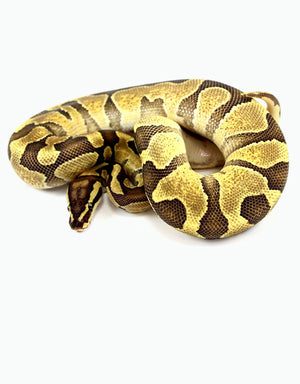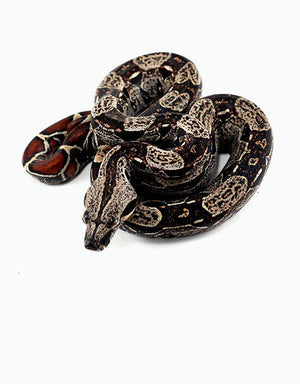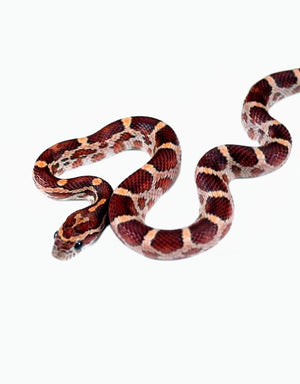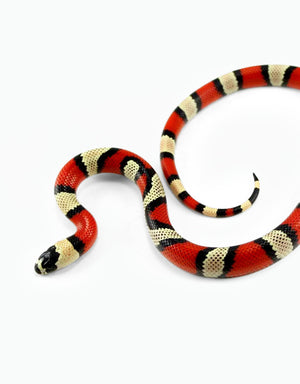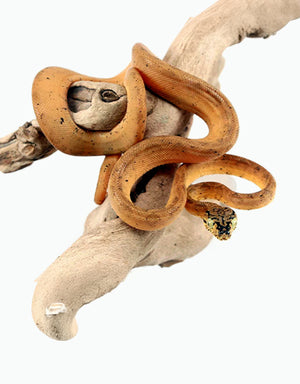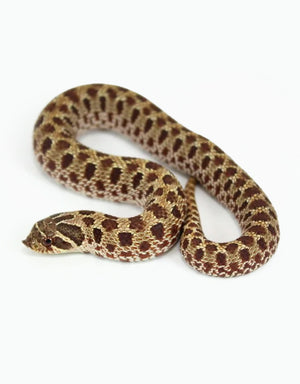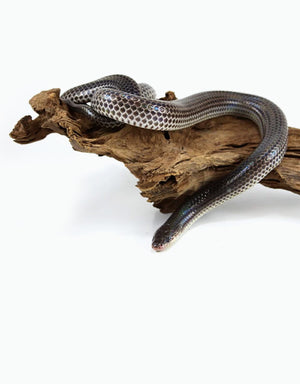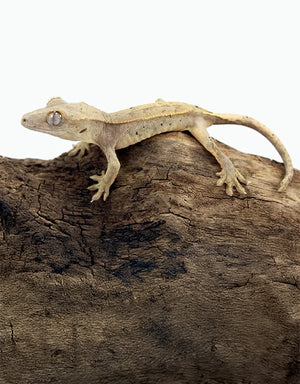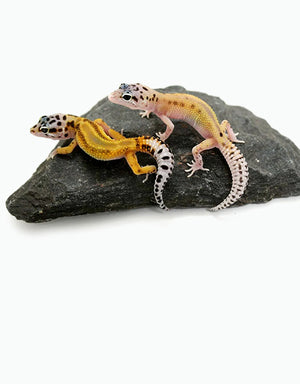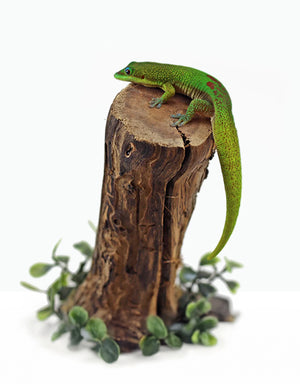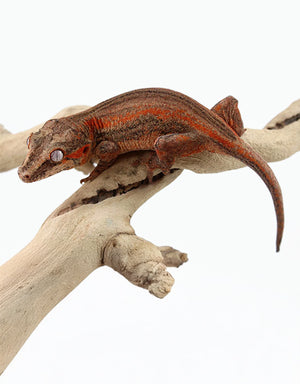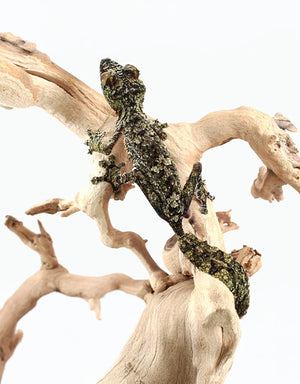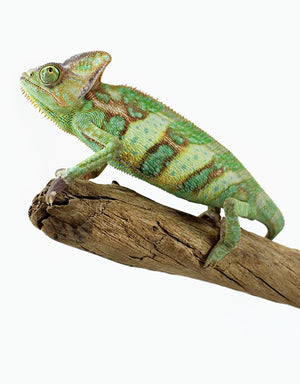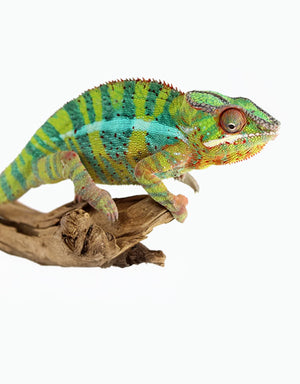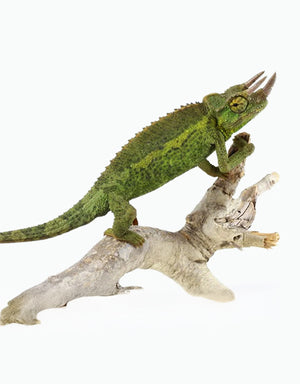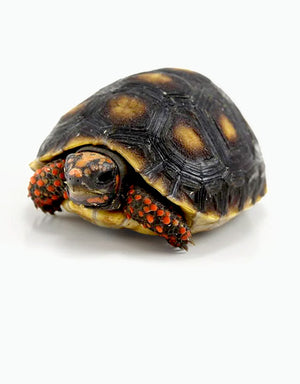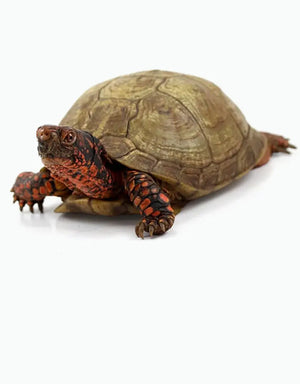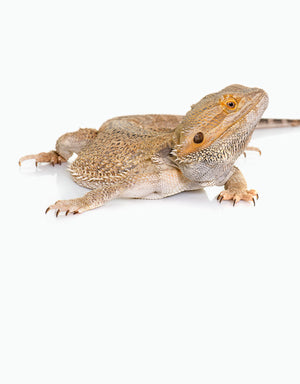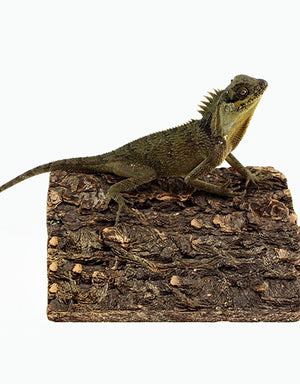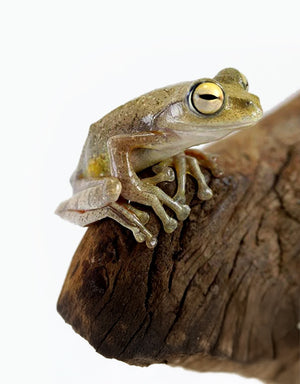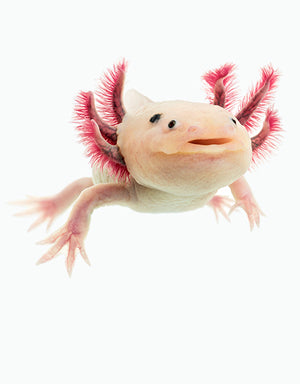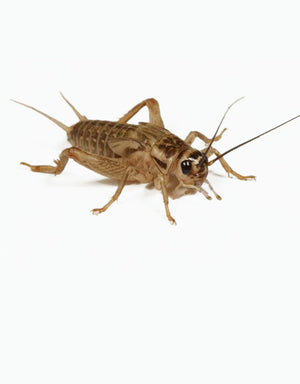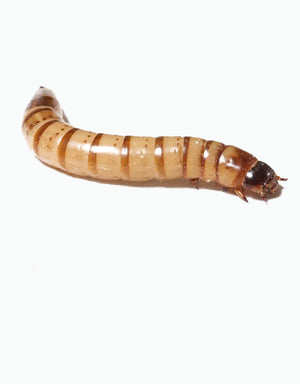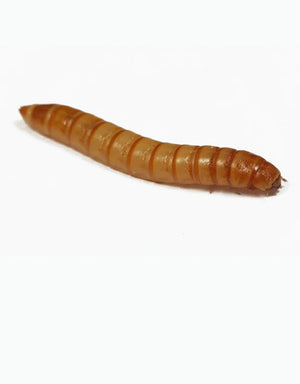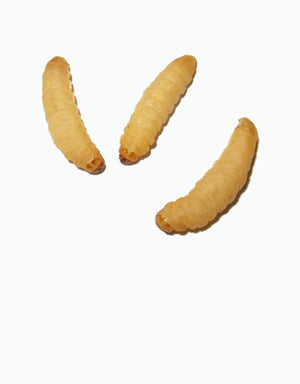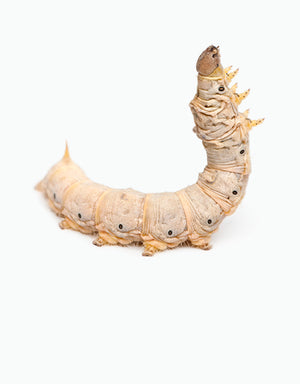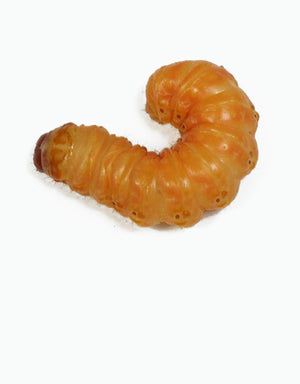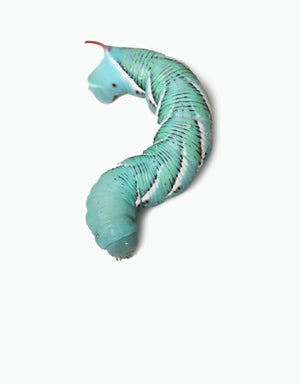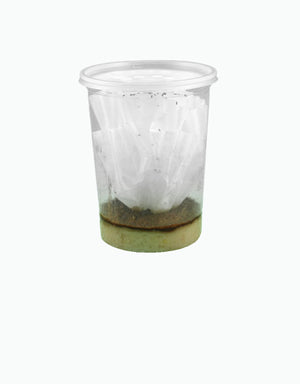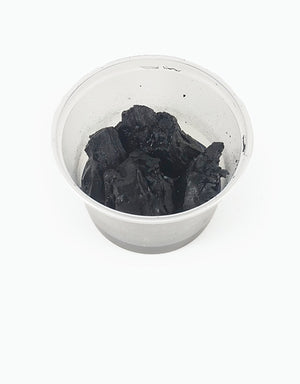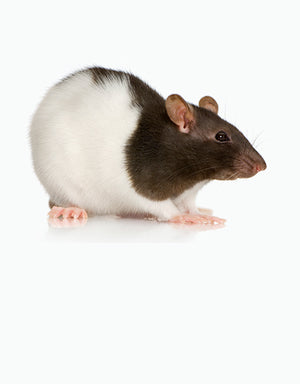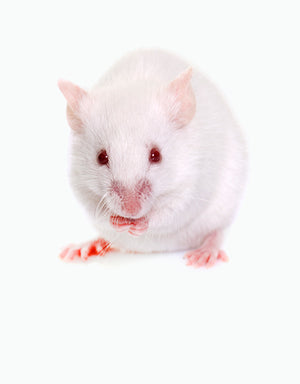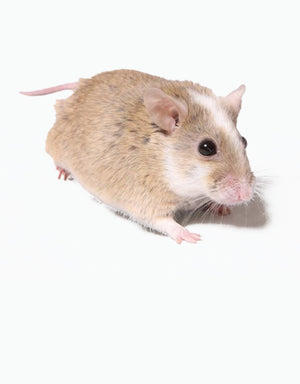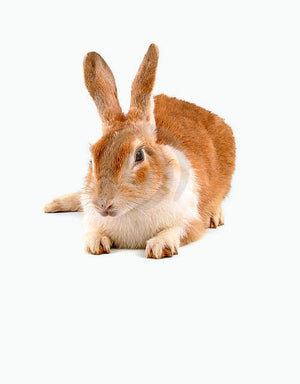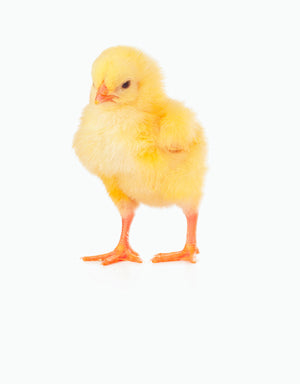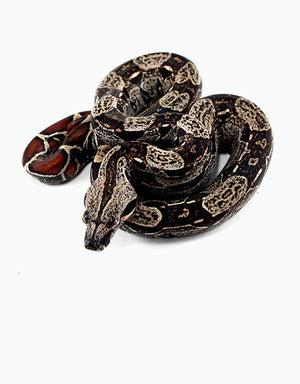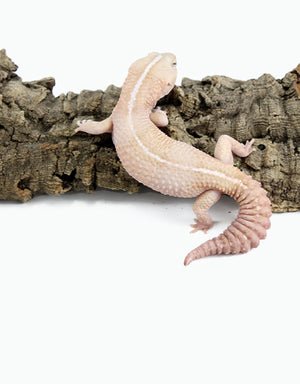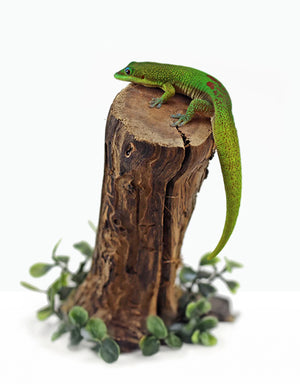Is Your Pet Ready to Shed?
Share
 Understanding Reptile Shedding: What’s Normal, What’s Not, and Should You Help
Understanding Reptile Shedding: What’s Normal, What’s Not, and Should You Help
If you’re a new reptile owner, shed cycles can sometimes feel confusing. We get a lot of questions here about what is normal shedding and what is not and the truth is, there is no singular formula for what is normal and what is not. However, there are certain indicators that signals a healthy shed and certain signs when something is wrong.
Shedding (also known as ecdysis) is essential for all reptiles. It’s one of the biological traits that sets them apart from mammals, and it’s as routine for them as trimming our nails is for us. But just like us, reptiles can have a smooth experience or one that’s a little uncomfortable. The key? Understanding how shedding works and making sure their environment supports the process.
Snakes: The One Piece Masters of the Shed
All snakes, regardless of species, follow the same shedding mechanism, they’re meant to shed in one continuous piece, starting at the face and peeling off like an inside out sock. A healthy shed will include everything, even the eye caps.
Believe it or not, the shed cycle for most snakes takes about 1–2 weeks, not just a few days, larger animals can take up to 3 weeks. The early stages are subtle and often go unnoticed, especially if you're new to snake care. Most first time owners don't realize their snake is in shed until they're already 6 or 7 days into the cycle and the colour has changed dramatically.
We often get calls from people concerned that their young snake has suddenly refused a meal, only for them to discover a few days later that shedding was the reason. The initial signs can be tricky to spot: your snake may become slightly less active, and its skin may dull just a bit often with a faint pinkish hue on the belly. To the untrained eye, it’s easy to miss.
As the process progresses, their colours become more muted, and eventually the eyes develop a cloudy, bluish-grey layer. This is actually moisture building between the old and new layers of skin to help loosen the outer layer for shedding. And this is usually the stage that everyone recognizes.
During this stage, snakes are especially vulnerable. Their vision is impaired, they typically become reclusive, and it’s perfectly normal for them to go off food. The best thing you can do is avoid handling and focus on ensuring the enclosure is properly hydrated.
When they’re ready, the snake will begin rubbing its snout against something mildly abrasive to initiate the shed, then glide out of the old skin in one fluid motion. It's incredibly satisfying to watch if you catch it!
If the shed comes off in pieces or leaves patches stuck to the body, it’s a clear sign that the humidity in the enclosure was too low. This is a common issue in heated or air conditioned homes, where ambient moisture tends to drop.
Managing Humidity During the Shed Cycle
So how can you support your pet through a healthy, complete shed? Here are four effective strategies:
-
Moisten the Substrate Properly
Misting is often suggested online, but it’s a temporary fix. On dry substrate, sprayed moisture will evaporate too quickly to be truly effective. Instead, pour a bit of water directly into the substrate (about 1 cup at a time) and mix it evenly, till it like its your garden! This is also very good for soil health too in case you have a substrate mix. You want the substrate to feel like it did when it first came out of the bag, evenly moist but not soggy. Also, opt for substrates that retain moisture well. Tropical Substrates here. -
Offer a Humid Hide
This is especially helpful for snakes and many geckos. A simple hide with a non porous base and stuffed with damp moss inside creates a high humidity microclimate your reptile can use when they need extra hydration. It mimics the underground burrows or humid retreats they’d use in the wild. -
Partially Cover the Enclosure
Cover part of the screen lid with acrylic, plastic, glass, or silicone to trap humidity inside the tank. Just be cautious because you still need some ventilation to prevent stale, stagnant air that can encourage bacterial growth. -
Use a Room Humidifier
If you have multiple enclosures or a reptile dedicated room, consider humidifying the whole space. It benefits not just your animals but also your houseplants and reduces the risk of shedding issues across the board. Habitat humidifier here.
Lizards: Shedding in Pieces
Lizards and don’t shed all in one go like snakes do. Instead, they shed in patches, often starting with the limbs or just their backs and progressing over a few weeks. This is completely normal.
But there are certain danger zones you’ll want to monitor closely:
- Toes
- Tail tips
- Face and eyes
In dry conditions, shed can get stuck in these areas and cause serious problems like restricted blood flow or necrosis. If you see retained shed, a warm electrolyte soak followed by gentle removal (if the shed is loose) can help. Never force it—if it doesn’t come off easily, try again after the next soak.
Geckos: Consuming their own shed
Geckos are funny because they eat their own shed! Most new keepers don’t realize this at first because it usually happens in the middle of the night and it comes and is gone before you ever saw it. Most geckos will go into shed all in one piece for their whole body just like a snake, but instead of sloughing it off inside out, they remove it with their teeth and eat it off of their own bodies!
This is an instinctual behaviour that helps them avoid leaving scent trails for predators in the wild. It is a perfectly healthy snack for them and if you catch them doing it, it is really funny to watch. Just like larger lizards, you want to make sure that all of the shed comes off of their toes, tail tips, and face. If conditions are too dry it can get stuck in those spots and leopard geckos especially are known to lose their toes due to stuck sheds.
Special Mention: Chameleons and Turtles
- Chameleons shed in what looks like an “explosion.” All their skin loosens and flakes off in tiny bits at once. One moment they look perfectly normal, and the next their skin “explodes” off! It’s dramatic but normal.
- Turtles and tortoises shed parts of their shells, often in translucent patches. To a new owner, it might look like the shell is damaged, but it’s just keratin sloughing off in layers. If you see flaky plates or loose scutes, chances are it’s just a natural part of growth.
Shedding is one of the best indicators of your reptile’s overall health. A clean, full shed means your humidity and husbandry are on point. A patchy, incomplete shed tells you something in the environment needs adjusting, usually humidity, but sometimes hydration or nutrition.
Whether your pet is preparing for their first shed or you’ve watched dozens, there’s always more to learn. Keep an eye out for subtle changes, provide the right tools, and let nature do the rest.
Need help identifying a shed issue? Have questions about substrate or humidity setups? We’re here to help—just drop by, give us a call, or send us an email!









